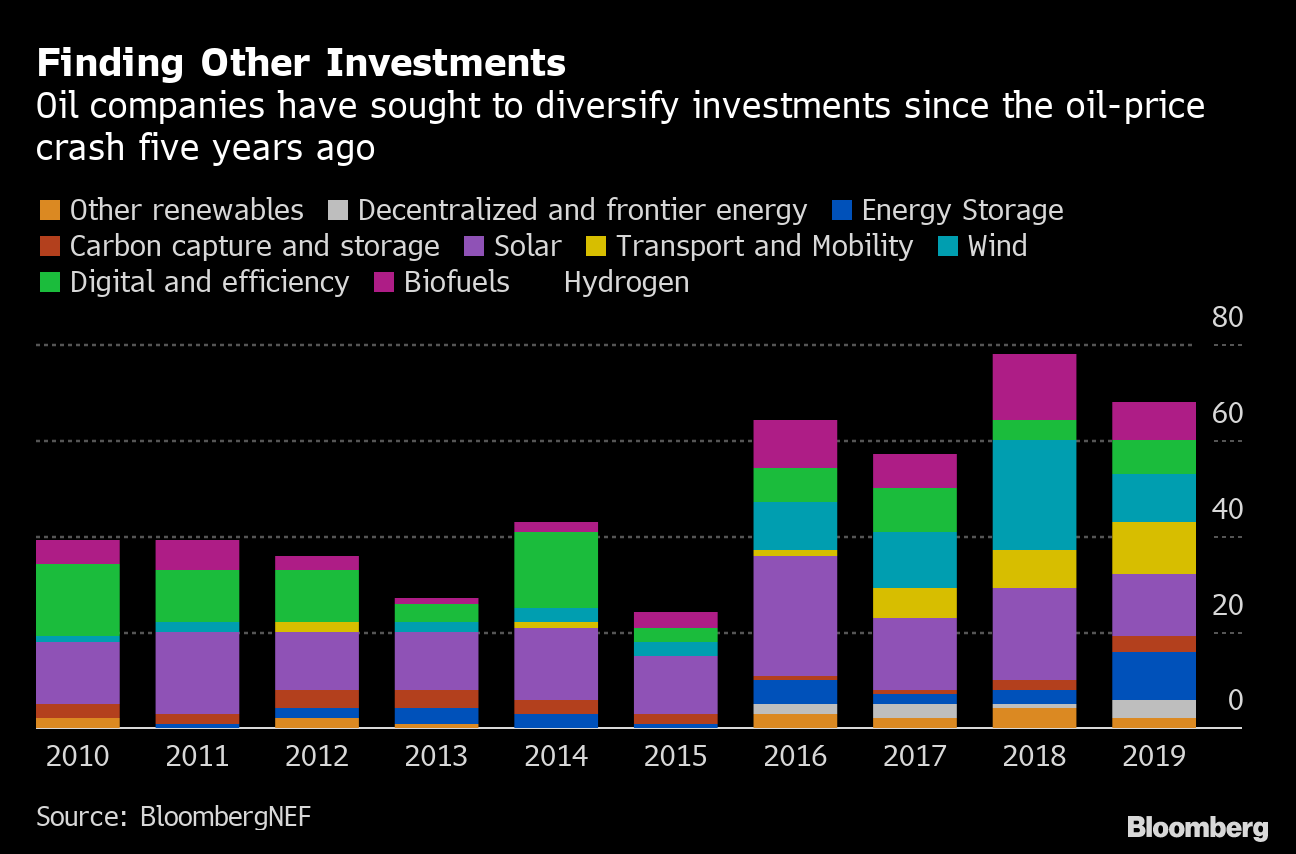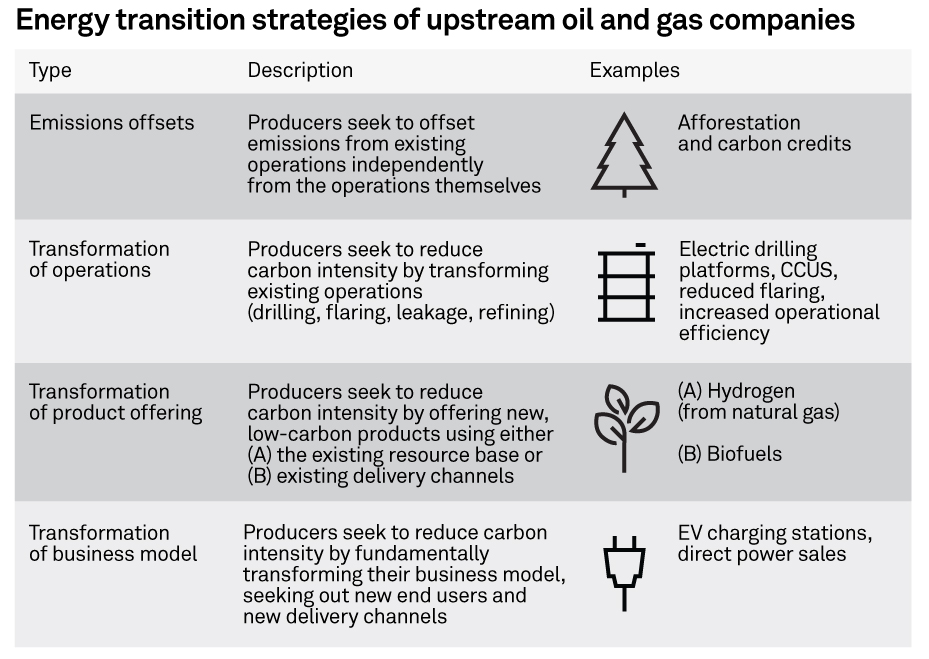How to balance our inflated needs with sustainable development and inclusive growth while we try to fulfil our responsibilities towards the planet?
This question has been pestering in our minds for long now, of course with several disoriented but intense approaches like Net zero, afforestation or quitting the fossil fuels etc.
Climate change impacts have already adopted a rather disastrous face around the world like melting ice, scorching heat waves, more frequent and intense storms, cyclones, floods and droughts, decreased food soil productivity etc.
This intensifies our need to fulfil this generation’s biggest agenda: to curb or at least limit climate change.
With many scholars now believing that fossil fuel energy may significantly decline by 2050, cherishes hope for easy transition to green energy, instead of fossils.
As per an earlier report by International Energy Agency (IEA), the demand for oil was set to fall by 9% alone in 2020 while the crude prices still continue to plummet hard.
Post Covid, various climate finance analysts believe that Fossil fuel companies are destined to face “terminal decline” arising out of the falling demands and higher investment risks due to climate change impediments and the brutal competition from clean technologies.
Carbon Tracker Energy Strategist explains: “We are witnessing the decline and fall of the fossil fuel system”.
“This is a huge opportunity for countries that import fossil fuels which can save trillions of dollars by switching to a clean energy economy in line with the Paris Agreement.”
“Now is the time to plan an orderly wind-down of fossil fuel assets and manage the impact on the global economy rather than try to sustain the unsustainable.”
Amidst these grave concerns, the Crude and Natural gas Corporations in India and abroad, are looking to invest and explore ‘the Green’ avenues.
While other oil and gas PSUs are also treading the same path, the State-owned Oil and Natural Gas giant ONGC is bearing several inorganic investments in mind to acquire the target of 10 GW of installed renewable energy capacity by 2040.
The company seems to be looking at acquisitions for meeting its renewable energy targets. GAIL has also began formulating to reach 1 GW of renewable capacity within 3-4 years.
India has targeted a staggering 450 GW of renewable energy capacity to be installed by 2030.
Therefore, these Union Government owned subsidiaries are working hard and smart to help the country achieve these goals, while reducing their respective carbon footprints and diversify its offerings.
Renewable Energy Investments proliferating the conventional world:
Renewable energy has been drawing all that required attention from all the players across Upstream and downstream bifurcated in oil and gas sector.
Upstream Companies basically deal with the exploration (prospecting or locating specific areas to find minerals) and production (drilling and bring underground resource to fore) of oil and natural gas.
Midstream is relevant to the transport and storage of crude oil and gas through pipelines, pumping stations, tank trucks, rail tank cars and transcontinental tankers.
While the downstream companies transform the crude oil and natural gas into thousands of finished products we use today like diesel, kerosene, jet fuels, asphalt for roads, even prosthetics and hearing aids etc.
Downstream players have started capitalizing the renewable energy and electric charging infrastructure, with global inclination growing towards the electric mobility and allied energy sectors.
An India’s largest refiner Indian Oil Corporation Ltd (IOCL) has also set up 257 electric charging and battery swapping stations at 29 retail fuel outlets and also look to setting up the first green hydrogen plant in Mathura (India).
It entered into a joint venture with Israel-based battery technology startup Phinergy for developing an aluminium-air technology based battery systems that can be used for electric vehicles and storage operations.
Even Hindustan Petroleum Corporation Ltd (HPCL) has collaborated with Tata Power for facilitating the electric vehicle charging infrastructure at various strategic locations around the country, a need with booming electric vehicle Industry.
This leads us to ask:
Is this sizeable capital allocation by Oil companies into the renewable energy indicative of gradual transformation into energy companies?
Does this mean a partial reinvention of oil and gas arenas as sustainable renewables businesses?
This is happening because of the rising inherent costs of hydrocarbon explorations along with the much-desired sustainability.
This, in turn, is triggering a creation of an incentive for energy transition away from hydrocarbons toward progressively more affordable renewable energy resources.
“Most of the energy companies, by and large, still see the oil and gas businesses as being substantial and actually driving, or generating the cash flow that drives, the diversification into renewables and other areas”, explains an Energy expert.
This trend has not been limited to India. Europe based companies, such as Total, Royal Dutch Shell BP, Equinor, Eni, and Repsol have begun adding renewable resources to their existing portfolios.




